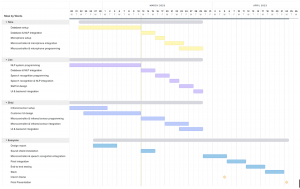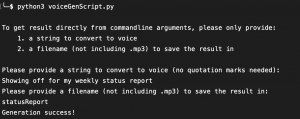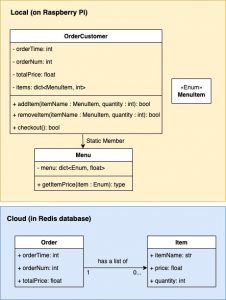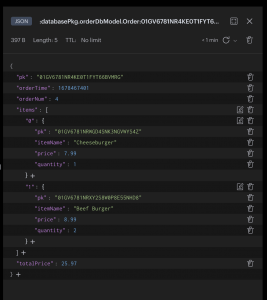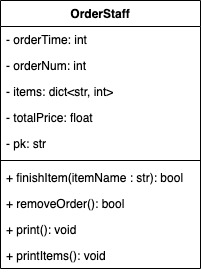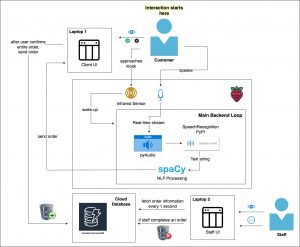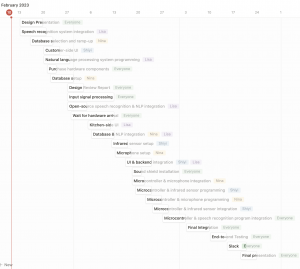Personal Accomplishment
In addition to completing the ethics assignment, I integrated our database module and preliminary NLP module with Lisa and modified the microphone & speech recognition system provided by Python’s SpeechRecognition library.
After integration, our system is now able to extract menu items and quantities from simple sentences, add them to an Order object, and upload that object to the database. However, there are still flaws with this simple system because we have yet to implement the checkout portion of the NLP module.
The open-source SpeechRecognition library provides a basic real-time speech recognition functionality that can be used with an external microphone. This process, however, doesn’t allow room for noise reduction. Therefore, I explored the source code of the library, determined where the microphone’s input is read, and extended it to utilize a noise reduction algorithm. For now, it uses a simple, deterministic noise cancellation algorithm that attempts to cancel out low amplitudes by mixing with the signal’s inversion. By slightly altering this visualization tool, I was able to visualize the difference. This is what it looks like when I speak at conversational volume from a distance of ~0.7m, with a restaurant ambience noise YouTube video playing in the background (graphs are in time domain; top = raw microphone input, bottom = filtered input):
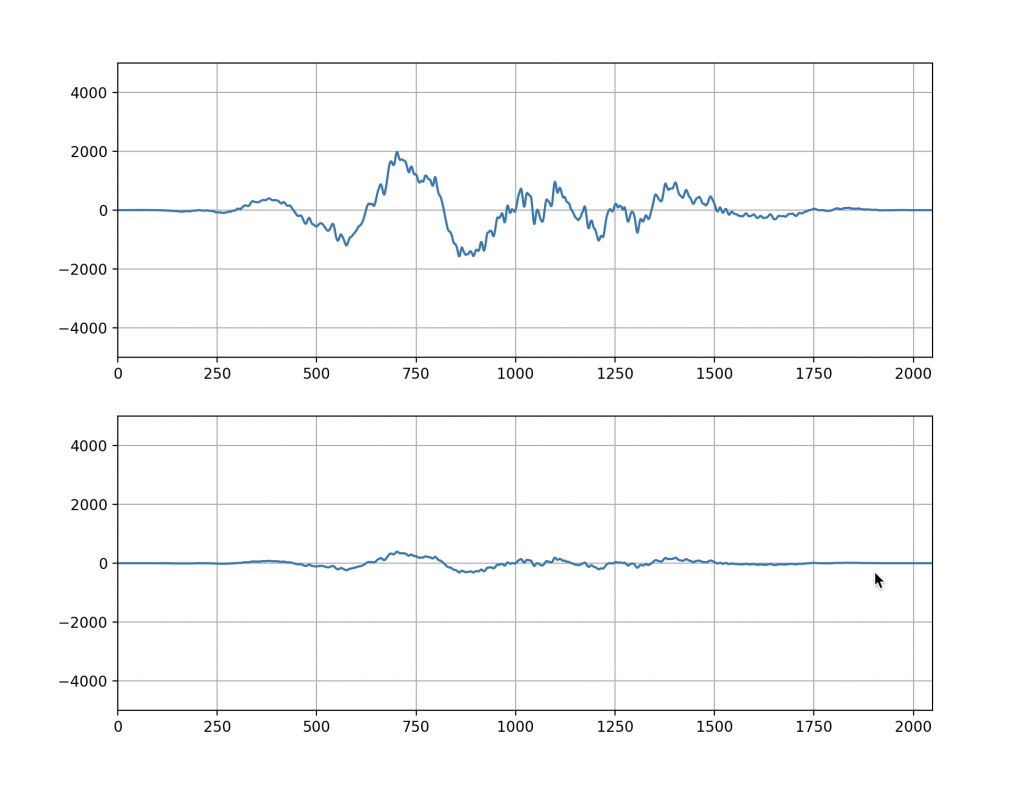
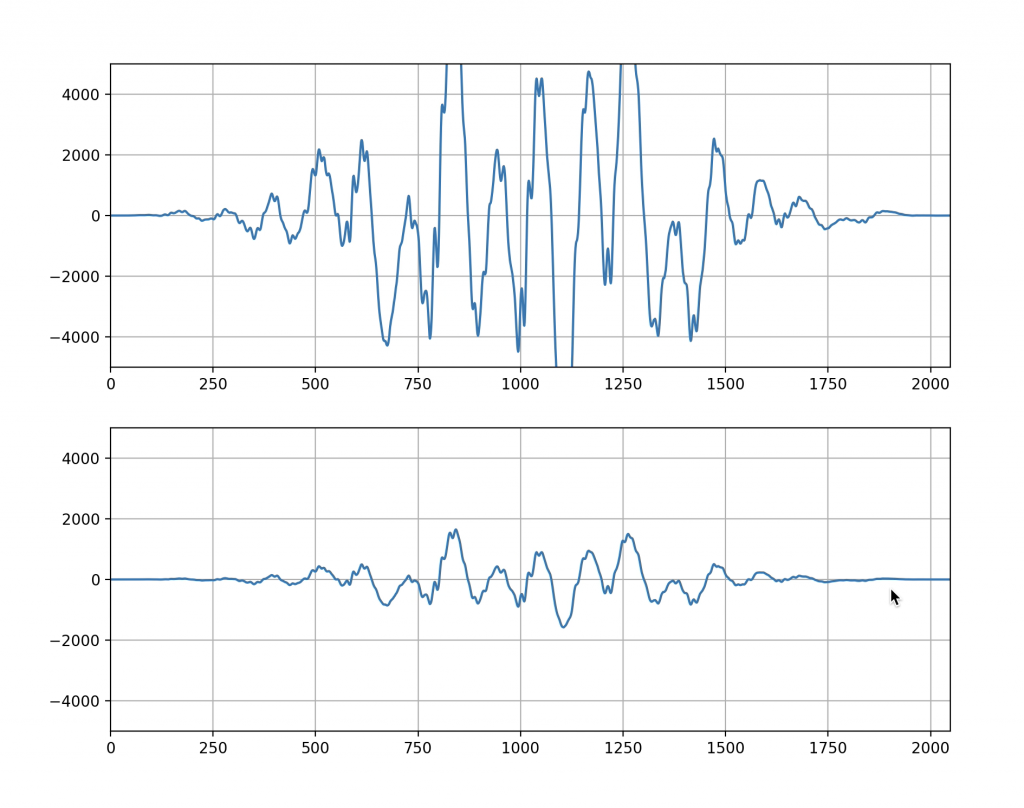
About Schedule
I have caught up to the schedule. The microphone has been set up, and preliminary signal processing code has been written.
Plans for Next Week
I will continue to work with Lisa to improve our NLP & database modules, as this is the core part of our system. In addition, I will start installing necessary dependencies on and transferring our code to the microcontroller (RPi 4).

